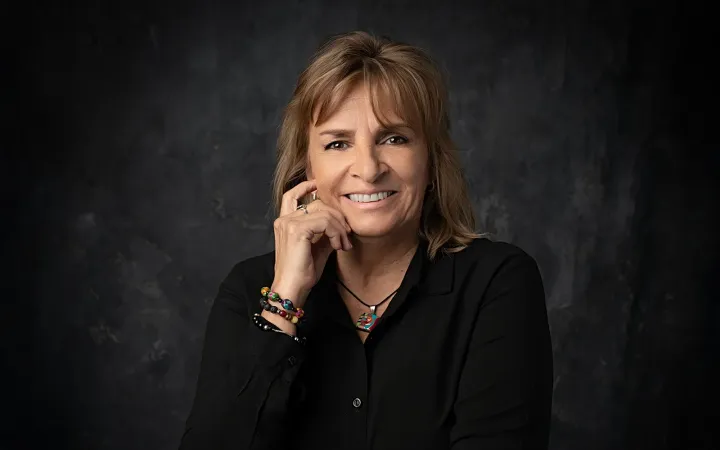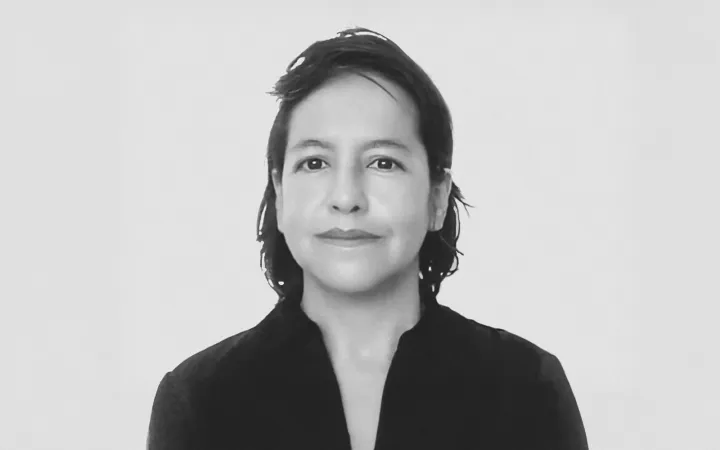
Por Samantha Rodríguez Santillán*

En los últimos días, se ha referido al ataque -o respuesta- realizada por Hamás en la zona fronteriza con Israel. Ante esto, existen varias versiones, escenarios y posturas respecto de quién es el bueno o malo en esta situación. Muchas de las explicaciones, lamentablemente, han replicado discursos antisemitas o islamofóbicos, por lo que, es importante realizar una reflexión respecto de ello.
Históricamente, la zona donde se encuentra Israel y Palestina ha vivido en un conflicto constante. Se tienen registradas batallas en los textos sagrados religiosos, expulsiones, agresiones en el mandato británico-occidental, un genocidio, procesos de apartheid, y guerras con otros países de la Liga Árabe. En consecuencia, existe una herida que, con el paso del tiempo, se ha hecho más grande y que lastima a todos los pueblos.
Uno de los errores más recurrentes es tomar un bando, y encasillar a todas las personas -de un lado y del otro- en ideas o sesgos creados. Ante un conflicto con tantos matices, es importante entender la postura de ambos. Por un lado, se tiene al pueblo palestino que está reprimido, abandonado y que ha externado las injusticias ante la comunidad internacional (por ejemplo, Palestina se posicionó en contra de la resolución 181 porque no les tomaron en cuenta en las discusiones). Por el otro, las personas israelíes han sido expulsadas y perseguidas por su religión; además, continúan enfrentándose a los estereotipos respecto de sus creencias y cultura (muestra de ello, ha sido las solicitudes para que se respeten los días religiosos judíos, por lo menos, ante los organismos internacionales).
Ante este escenario, se ha trabajado por una justicia transicional. Las personas palestinas han manifestado que para ellas ni sus hijxs habrá paz, pero que esperan que esta sea una realidad para sus nietxs, por lo que, las generaciones más jóvenes están dispuestas al diálogo. En Israel, algunas zonas han podido encontrar un balance -como en Haifa o Eilat-, pero en otras existe mayor tensión por la cercanía a los lugares religiosos como lo es Hebrón y Jerusalén.
Los ataques no son aislados, todos los días se reporta algún conflicto o crisis. La población se encuentra en estado de excepción desde su fundación. La gente vive bajo un constante miedo. El panorama es tan difícil de comprender que no se puede resumir en un hilo o video de 60 segundos.
Claramente, no se puede justificar la violencia desproporcionada que ha sufrido Palestina, pero ¿no sería injusto tachar a todas las personas israelíes de villanas? En el mismo sentido, para quienes viven en Gaza. Toda la población es víctima de la guerra. Todas han sufrido pérdidas, y están atravesando dolor. El minimizar sus sentimientos solo provoca que haya una revictimización.
Tenemos que cuestionarnos ¿realmente podemos castigar a una parte de la población por las decisiones de terceros? Por tanto, el posicionarse a favor de uno u otro -sin comprender las complejidades- únicamente aviva el discurso de odio y aleja la posibilidad de que exista una solución pacífica.
Palestina e Israel intentan resistir desde sus propias luchas. La sociedad no es responsable de las consecuencias que trajeron consigo las resoluciones de sus gobiernos o movimientos de resistencia.
*Samantha Rodríguez Santillán
Abogada con mención honorífica por la Facultad de Derecho de la Universidad Nacional Autónoma de México (UNAM). Fue representante estudiantil en la Comisión Interna para la Igualdad de Género de la Facultad y parte del Programa de Excelencia Académica de la Suprema Corte de Justicia de la Nación (SCJN). Ha realizado estancias académicas en la Universidad de Toronto y en Montpellier, Francia. En 2021, realizó un semestre de intercambio en la Universidad Hebrea de Jerusalén, Israel, enfocado en la cooperación internacional y derechos humanos.
Ha participado en la elaboración de Amicus Curiae para casos de violencia de género que conoció la Corte Interamericana de Derechos Humanos. Por su trabajo de investigación, ha sido autora y coautora de artículos, capítulos y columnas sobre la situación de los derechos de las mujeres, infancias y adolescencias en México y América Latina. Por ello, fue galardonada en el Cuarto Concurso de Ensayo Universitario organizado por el Centro de Estudios Constitucionales de la SCJN.
Recientemente, se desempeñó como pasante en la Comisión Interamericana de Derechos Humanos. Asimismo, como asistente meritoria en el Instituto de Investigaciones Jurídicas de la UNAM. Actualmente trabaja en la Suprema Corte de Justicia de la Nación en la ponencia del Ministro Jorge Mario Pardo Rebolledo.
Las opiniones expresadas son responsabilidad de sus autoras y son absolutamente independientes a la postura y línea editorial de Opinión 51.






Comments ()